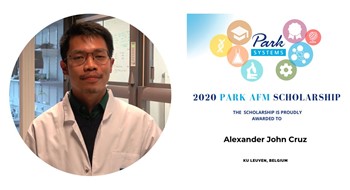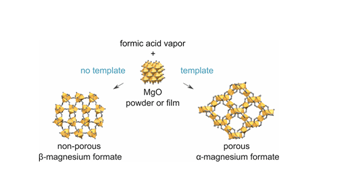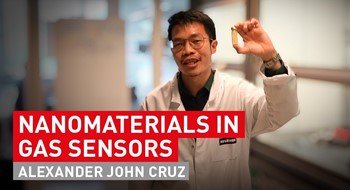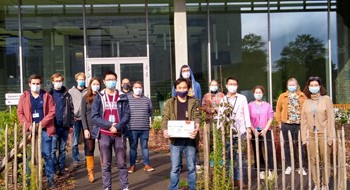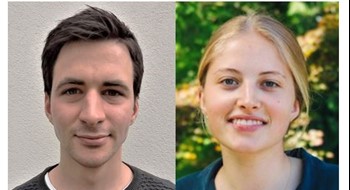Lithography of MOFs on Nature Materials cover

A beautiful illustration of our research on nanoscale lithography of metal-organic frameworks made the cover of the January 2021 issue of Nature Materials.

